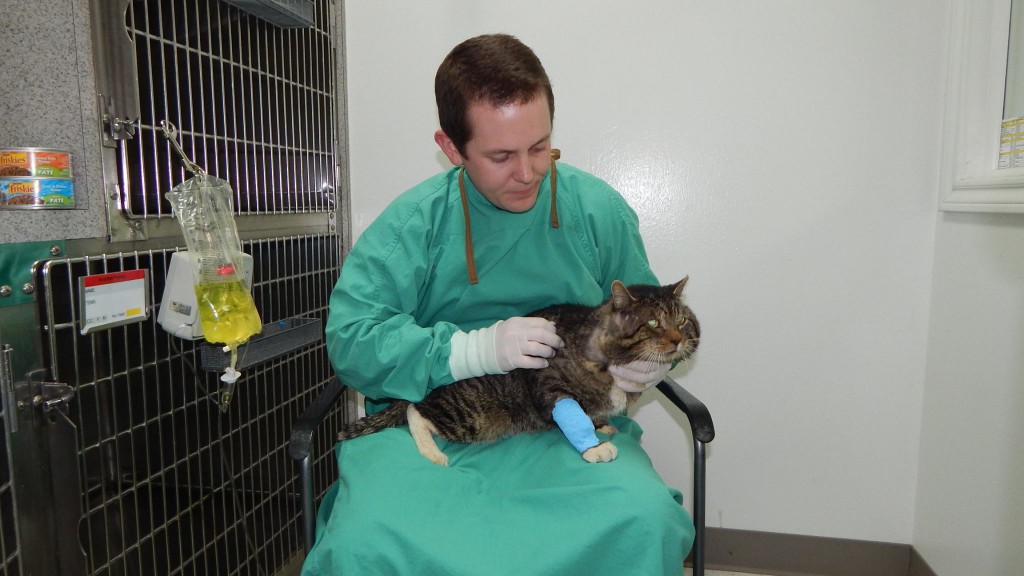Continue reading Canine Rabies: Symptoms, Causes, Diagnosis and Treatment
Tag: Virus
H1N1 Influenza in Felines
The H1N1 variation of the flu virus, previously referred to as “swine flu”, is infectious to felines and in addition to individuals. Moreover, this virus is additionally known to contaminate dogs, pigs, and ferrets. In spite of the fact that the spread of this specific flu infection is no more thought to be a pandemic, it is still spreading around the world.
The FVRCP Vaccine for Felines
Canine Influenza Virus
The virus that causes dog flu, Influenza Type A (H3N8), was first identified in Florida in 2004. It primarily infects the respiratory system and is extremely contagious. A vaccine was granted full license by the United States Department of Agriculture in 2009 (Nobivac® Canine Flu H3N8). Some dogs can be exposed to the virus and fight off infection without showing clinical signs.
Feline Leukemia Virus
Feline Leukemia Virus (FeLV) is a virus that can affect the immune system and a plethora of other bodily functions and abilities. If not prevented with vaccines or safe measures, it has the chance to be a fatal virus.
Feline Rabies: Symptoms, Causes, Diagnosis and Treatment
Continue reading Feline Rabies: Symptoms, Causes, Diagnosis and Treatment





















